In this year’s Safety Delta Annual Meeting held last 8th March, we focused on what we have done, are currently doing, and will do in the near future to reinforce our commitment to your success and help you stay ahead of trends and requirements in the industry.
Below are highlights in brief from the meeting and action points from our side. If you want more detailed minutes from the meeting, we will be happy to share them.
1 / Data gathering from 37,000 participants in the Diagnosis survey
Our findings show that continuous reviews and directing attention to what matters result in improvements.
Performance goes up after the crew have become aware of the areas they need to improve. We also see that when leaders frequently motivate the crew to follow the risk management procedures, the more disciplined the crew become.
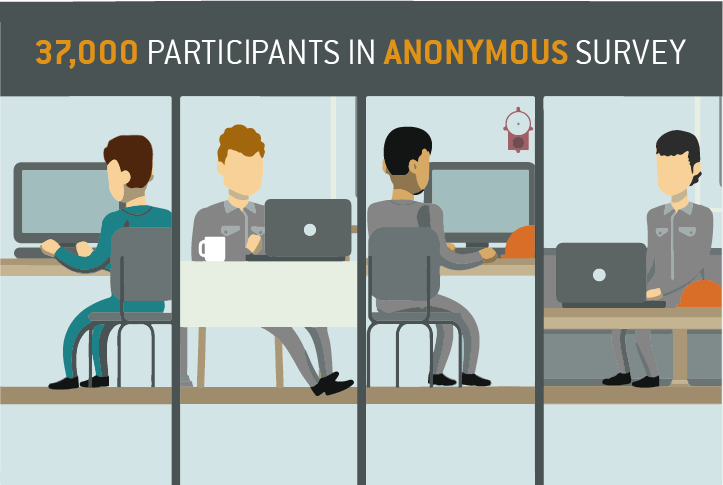
Our action points:
2 / Flexible cycles to address crew change
The flexible cycle allows your vessel to plan according to crew change and operations. You can select this cycle depending on your company’s maturity in using Safety Delta and your fleet characteristics.
TORM and Stenersen have good experiences with flexible cycles and have used them in different ways.
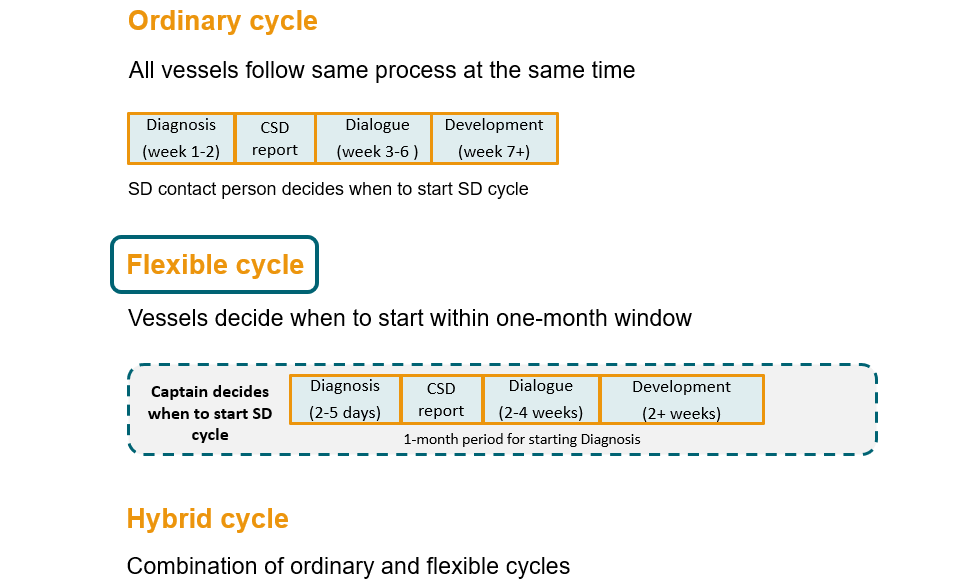
Our action point:
3 / News in Safety Delta
We have created five new safety areas based on possible requirements from OCIMF/TMSA, SIRE 2.0, RightShip, and DryBMS. We advise not to run too many areas all at once, but to make variations over time.
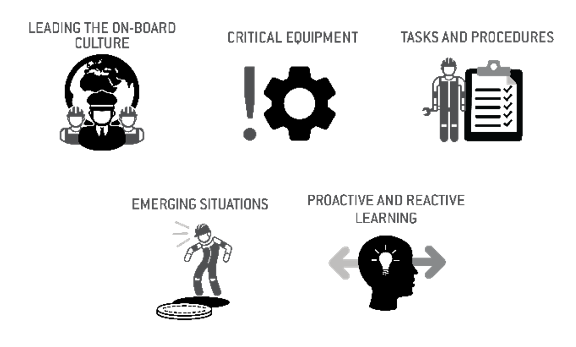
We also provide support through the following: the Safety Delta app where you can access all the learning materials; the Among Us newsletter where you can get on-point tips and tricks; and the #SDMoments campaign on LinkedIn and Facebook where you can find inspiring stories.
Our action points:
4 / Crew competencies
With the new technologies (like AI systems), new regulations, and growing complexity in the maritime industry, how can you best prepare your crew?
We discussed four human solutions:
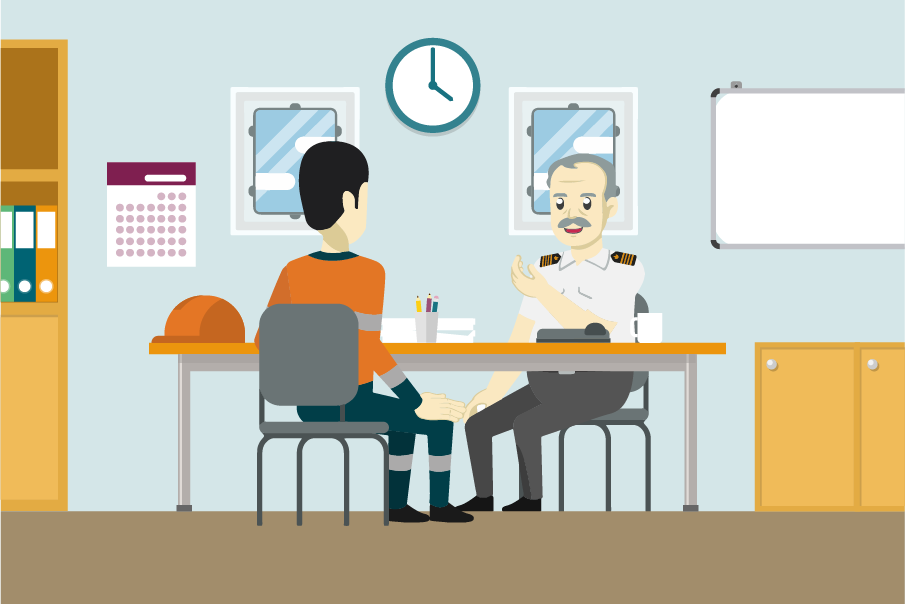
Our action points:
5 / Utkilen’s experience
Utkilen introduced Safety Delta to avoid complacency after many years without incidents and to focus less on KPIs and more on the process and dialogue. Due to the pandemic, Utkilen has run a longer introduction period.
The crew have responded positively to Safety Delta from the beginning. The captains also see Safety Delta as an important management tool.
Roy Haare - at Utkilen
6 / Humboldt’s experience
Safety Delta was part of a big safety programme run by Navigator Gas since 2017 and a Safety Maturity Assessment in 2015, which placed the company between the reactive and calculative levels.
After some years, a need to refresh the understanding and implementation was identified, so UltraSafe 2.0 was introduced, and new employees were trained by Green-Jakobsen. High commitment from top management has always been essential in the company’s success with Safety Delta.
Alfredo Mella - at Humboldt
7 / Safety Delta in relation to OCIMF and SIRE 2.0, DryBMS
We closely follow the developments regarding SIRE 2.0 and DryBMS, and keep the TMSA work group alive and updated. We will also take a closer look at how we can link Safety Delta to DryBMS.
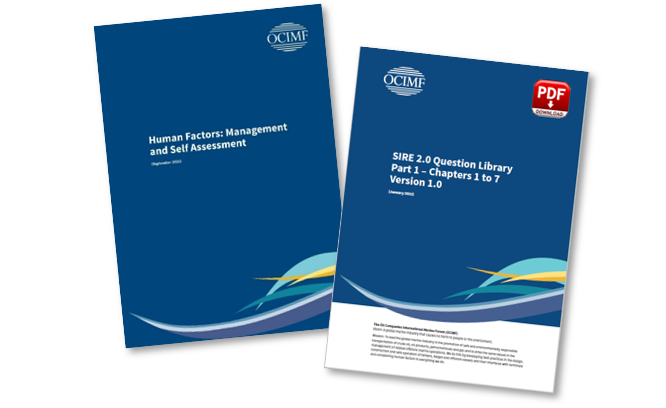
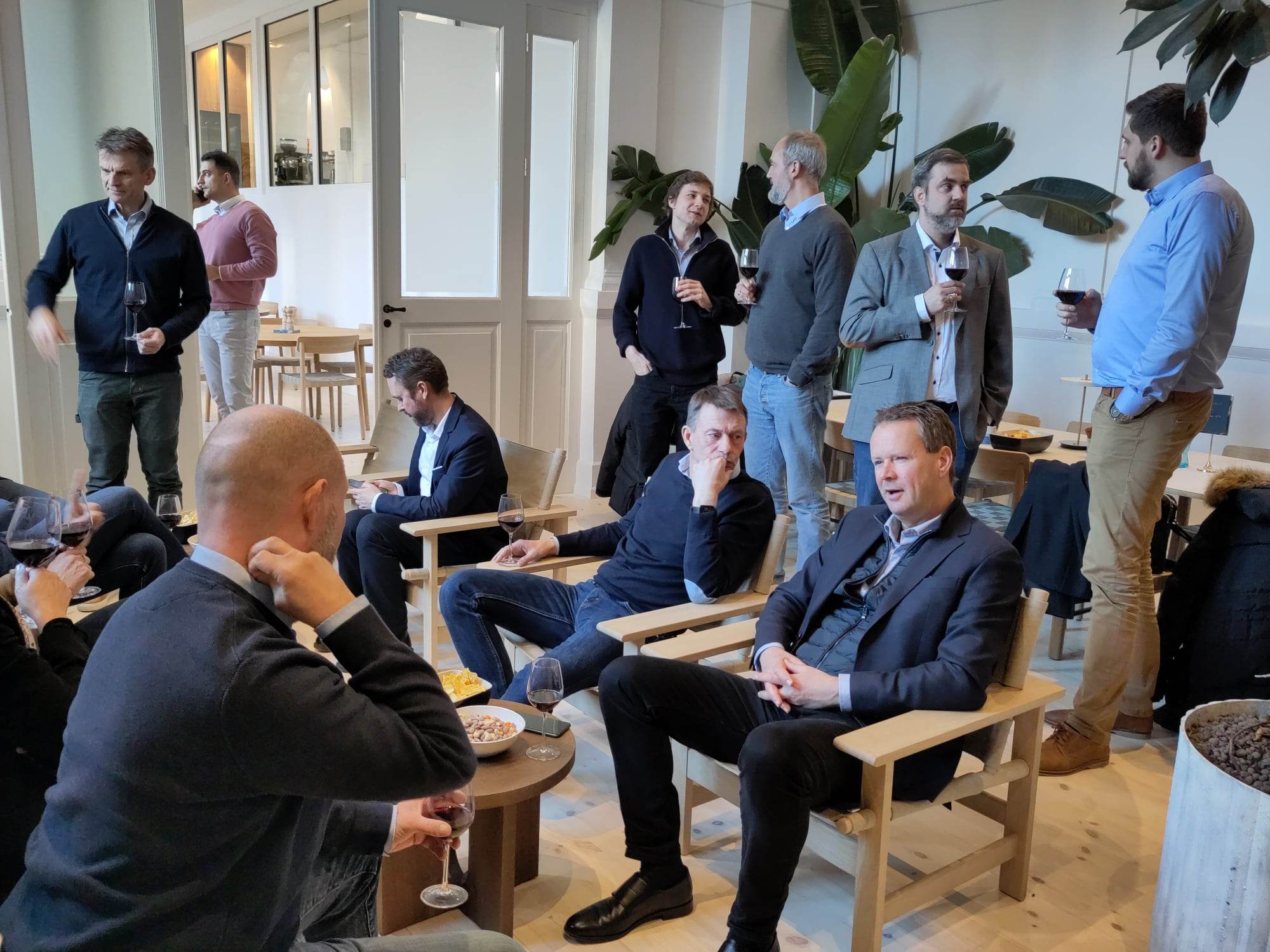

Attendees shared experiences and insights in the small gathering after the meeting
Among Us is a monthly digital newsletter, primarily for Safety Delta members, but also for those who want to get a ‘sneak peek’ at the experiences gained by those of us who are already ‘insiders’. It also presents the developments of Safety Delta.

